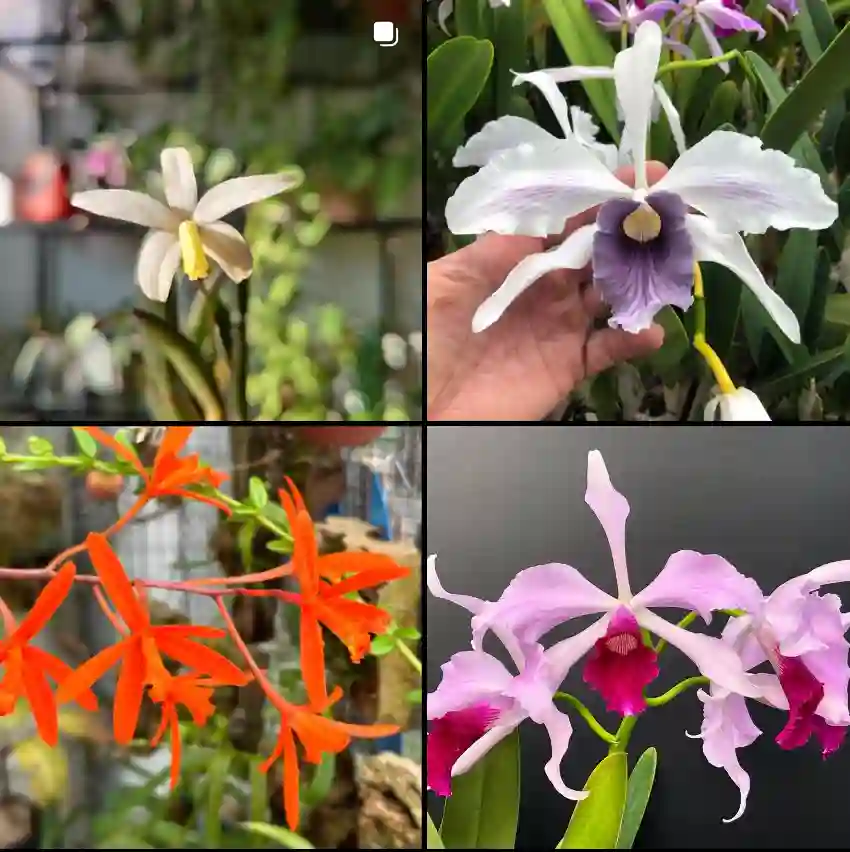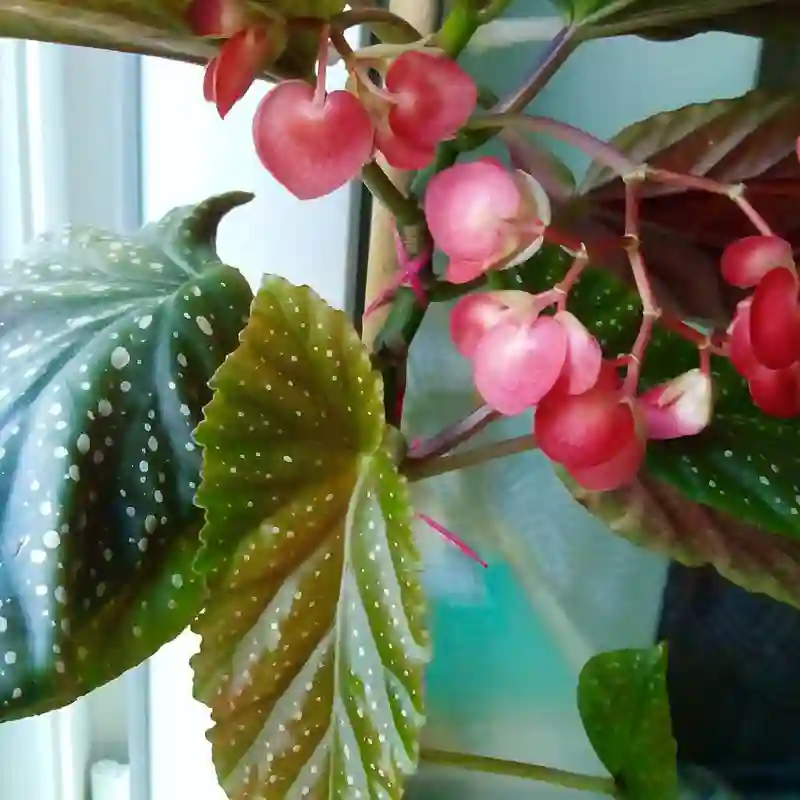FAQs About Acer Pensylvanicum
When it comes to selecting the right tree for your landscape, Acer Pensylvanicum, commonly known as the Striped Maple or the Pennsylvania Maple, is a fascinating choice. Having grown and cared for this tree myself, I often get asked various questions about it. Here’s a comprehensive guide to some frequently asked questions about Acer Pensylvanicum.
168 Species in Genus Acer – Maple Tree
What is Acer Pensylvanicum?
Acer Pensylvanicum, or the Striped Maple, is a deciduous tree native to the eastern United States. It is known for its distinctive green and white striped bark, which makes it a standout in any garden or woodland setting. The tree typically grows to about 15-30 feet in height and features a rounded crown and three-lobed leaves that turn a lovely yellow in the fall.
Is Acer Pensylvanicum a Hardwood?
Yes, Acer Pensylvanicum is considered a hardwood. Hardwoods are typically derived from broad-leaved trees and are known for their dense, strong wood. The Striped Maple’s wood, while not as commonly used as other hardwoods like oak or maple, is still classified as such. This wood can be useful for small-scale woodworking projects or crafts.
How to Care for Acer Pensylvanicum?
Caring for Acer Pensylvanicum is relatively straightforward. It thrives in moist, well-drained soil and prefers partial to full shade, making it an excellent choice for woodland gardens. The tree is not particularly demanding in terms of soil pH but does best in slightly acidic to neutral conditions. Regular watering is essential, especially during dry spells. Mulching around the base of the tree can help retain moisture and keep weeds at bay.
How to Propagate Acer Pensylvanicum?
Propagating Acer Pensylvanicum can be done through seed or cuttings. For seed propagation, collect the seeds in the fall, stratify them by placing them in a moist medium in the refrigerator for about 60 days, and then sow them in a well-draining potting mix. For cuttings, take semi-hardwood cuttings in late summer or early fall, dip them in rooting hormone, and plant them in a mix of perlite and peat. Keep the cuttings moist and in a warm, shaded area until they develop roots.
What to Plant with Acer Pensylvanicum?
Acer Pensylvanicum pairs well with other woodland plants and shrubs. Consider planting it alongside ferns, hostas, or astilbes, which enjoy similar growing conditions. For a colorful addition, you might add some native wildflowers like trilliums or bloodroots. These companions not only enhance the visual appeal of your garden but also create a harmonious woodland environment.
Can You Grow Acer Pensylvanicum Indoors?
While Acer Pensylvanicum is primarily suited for outdoor planting, it is not ideal for indoor growth. The tree requires a substantial amount of space and light that is difficult to replicate indoors. Additionally, the indoor environment may not provide the necessary conditions for proper growth and development. It is best enjoyed as an outdoor specimen in a suitable garden or woodland area.
Is Acer Pensylvanicum Toxic?
Acer Pensylvanicum is not considered toxic to humans or pets. The tree does not produce harmful compounds that could cause toxicity if ingested. However, it’s always a good idea to prevent children or pets from consuming any parts of the plant, as ingestion of large quantities of plant material could potentially cause minor digestive issues.
Benefits of Acer Pensylvanicum
Acer Pensylvanicum offers several benefits to gardeners and landscapers. Its striking striped bark provides year-round visual interest, and its shade tolerance makes it an excellent choice for under-canopy planting. Additionally, the tree supports local wildlife by providing habitat and food sources. Its moderate size makes it suitable for smaller gardens or naturalized areas.
Common Problems with Acer Pensylvanicum
One of the common issues with Acer Pensylvanicum is its susceptibility to leaf spot diseases, which can cause unsightly brown spots on the foliage. Proper spacing and good air circulation around the tree can help mitigate this problem. Additionally, the tree can occasionally suffer from scale infestations, which may require treatment with appropriate insecticides or horticultural oils.
Compare with Similar Trees
If you’re considering other trees with similar characteristics, you might compare Acer Pensylvanicum with Acer Japonicum (Japanese Maple). While both have attractive bark and leaves, Acer Japonicum generally has a more compact form and a broader range of leaf colors. Another similar tree is Acer Saccharinum (Silver Maple), which has a faster growth rate but lacks the striking bark of the Striped Maple.
Conclusion
Acer Pensylvanicum is a unique and attractive tree that offers beauty and ecological benefits to any landscape. Whether you’re looking for a standout feature in a shaded garden or a tree that supports local wildlife, the Striped Maple is an excellent choice. With its ease of care and distinct appearance, it can make a wonderful addition to your outdoor space.
If i die, water my plants!



